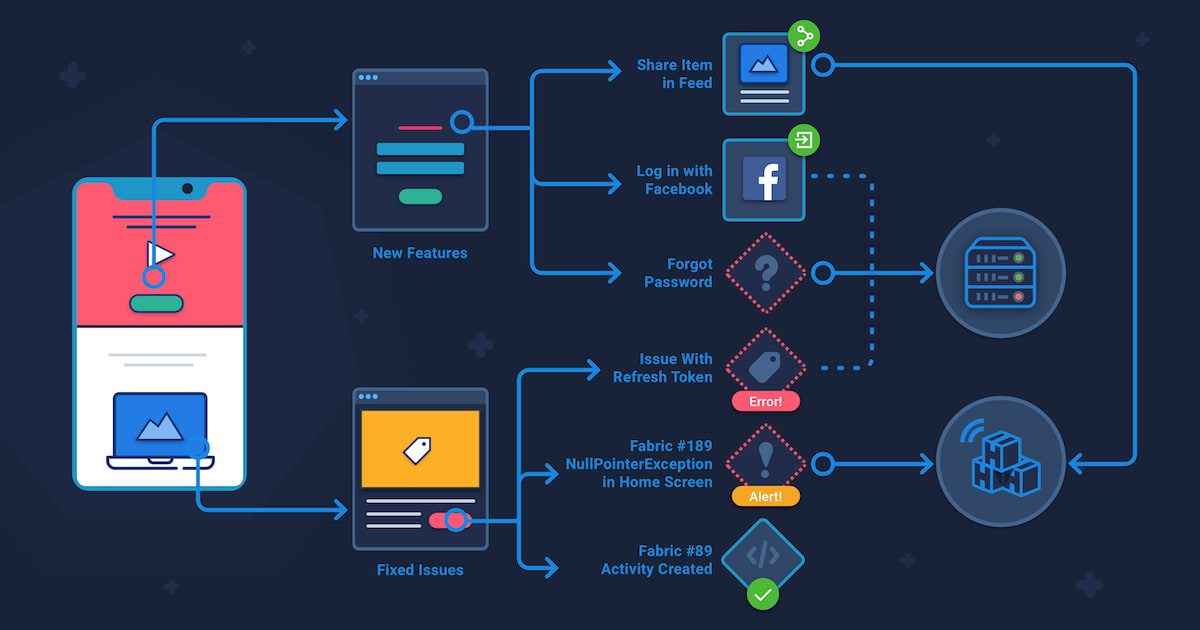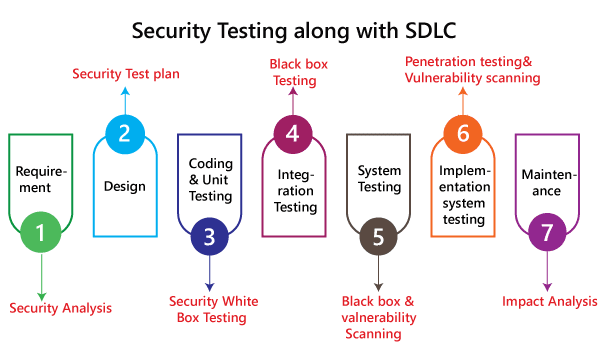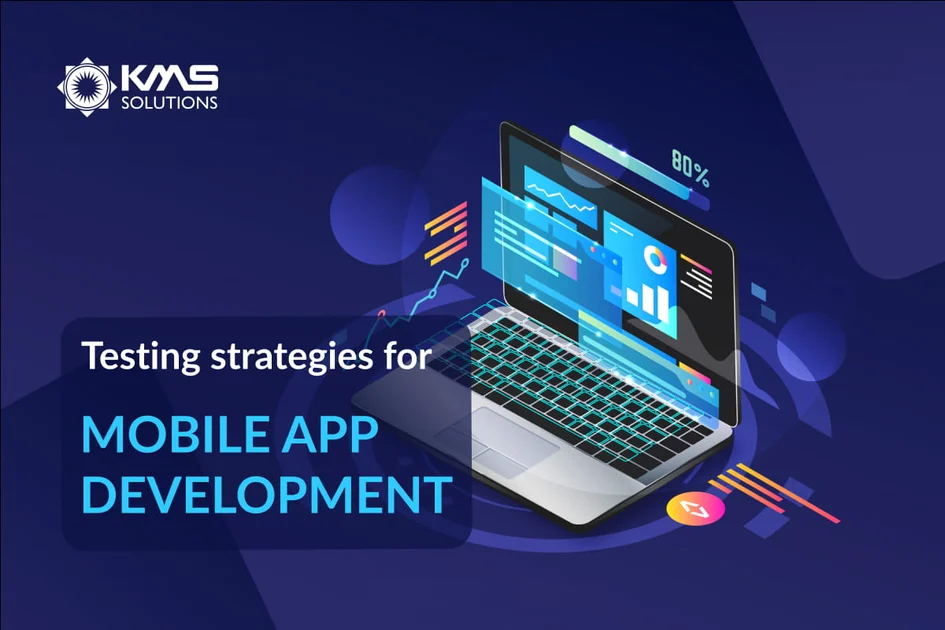When it comes to mobile app quality control, QA experts often get confused with myriads of software testing strategies and don’t know which one will work best for their specific cases.
Testing strategy, in general, is the series of testing approaches that should be done systematically to ensure the final product is of the greatest quality feasible. As the enterprise and the requirements of apps evolve over time, the strategy should also frequently be reviewed and updated. This means in different stages of the mobile app’s development and maintenance, various kinds of tests are performed based on distinct requirements. If you choose an enterprise software testing strategy that isn’t appropriate for your project at a time, you waste time and resources for nothing.
Therefore, to avoid wasting time and money, this article will emphasize some typical strategies for mobile app development and how you can make the right choice.
Table of Content
Factors to Consider Before Selecting a Mobile App Testing Strategy
Top Testing Strategies for Mobile Apps
1. Operating System Testing and Support
2. Device and Feature Functionality Testing
3. Network Connectivity Testing
5. Front-end and Back-end Testing
Best Practices when Creating Testing Strategy
Factors to Consider Before Selecting a Mobile App Testing Strategy
Your project may fail if you implement an improper enterprise software testing strategy. Here are some factors that may influence your choice:
- Risks to the project
Just think of the circumstances when some tests disrupt the functionality of your mobile app, especially when it already has active users. The product that fails or performs incorrectly may disrupt the user experience or even lead to the risk of losing end customers. So, you’ll need to consider any risks that could happen when implementing a specific test strategy and how it will affect your development process as well as the product’s performance.
- Objectives of the project
Tests are required to make your product better, assist you in effortlessly integrating all improvements, and eliminate errors that negatively impact the user experience and functionality of the software.
- Regulations to consider
In some cases, when your users live in different geographical locations, your mobile app must comply with different rules and regulations effective in the customers’ countries. Besides, your product must follow the accessibility requirements (such as WCAG 2.1 for the US and EN 301 549 adopted in the EU), for instance, when you develop the product for a government facility.
Top Testing Strategies for Mobile Apps
1. Operating System Testing and Support
Although most devices in the mobile market use iOS and Android, it’s vital to plan ahead for which OS your app will support, as well as which OS versions. Testing an app on a single OS is simple, but when you develop for different versions, the work gets more challenging.
Examine your market thoroughly and carefully plan which versions you will support. This will assist the QA team in planning test cases and functionality for the platforms and versions supported.
Moreover, if your mobile app will be interacting with other software across various platforms, it’s crucial that it functions properly on all of them. Testers may use a variety of cross-platform automated testing tools to conduct tests across many different browsers and browser versions.
2. Device and Feature Functionality Testing

One of the toughest tasks for enterprise software testing teams is ensuring that an app works properly on all devices. After determining which OS versions will be supported, it is necessary to consider which devices need to be tested. By emulating a large number of mobile devices at the same time, you can reduce the expense and time for device testing. This is especially beneficial when physical devices are not readily available for testing.
Besides, when testing mobile app features, do not waste time running functional tests across a wide range of mobile devices. Instead, test on just one device and then use compatibility testing to ensure the app’s features function correctly on different devices.
3. Network Connectivity Testing
Almost apps nowadays require a network connection, yet not everyone has equal access to the internet. It’s common for developers and testers to ensure the mobile app work well under a high-speed connection. However, in reality, most people have to deal with spotty connections and slow internet.
The QA team needs to ensure that the app can be accessed under any wireless network, including 3G, 4G and WiFi. This also covers abrupt changes in speeds, networks, and even connection loss.
4. Security Testing

Research from IBM about the financial influence of data breaches found that the cost of a data breach, on average, is more than $2.5 million. Especially when you’re working on a banking app or fintech app, dealing with tons of sensitive information makes your product become the primary target for cybercriminal attacks. If your app is released without being fully secure, significant data breaches can happen, costing your organisation millions of dollars and having huge repercussions on its reputation.
Therefore, it’s important that you plan security testing in advance, check for any data leakages, ensure web data is secure, and ensure there are no security vulnerabilities. Taking the Medibank data breach as an example, banks and other services that require lots of users’ information should concentrate mostly on security testing to eliminate data breaches and loss of funds.
5. Front-end and Back-end Testing
Front-end testing validates your mobile app’s user interface. The process verifies whether the app’s server and database functionality are effective. QA specialists need to keep in mind the requirements related to user experience, but they do not need to be familiar with the database and the back-end mechanics. A front-end testing strategy consists of a number of separate tests, including visual regression tests, app file updates, and performance checks. Visual regression tests can be implemented to check for style problems and the visual layer issues of a mobile app, like hidden buttons, CSS issues, and overlapping modules.
Otherwise, back-end testing checks your mobile app from the server side. Also known as database testing, it basically examines the database layer of your mobile app. Hence, it’s performed on the user interface and the database.
6. Automated Testing
Test automation enables test cases to be scripted and reused several times for iterations. In comparison to manual testing, they also accelerate the testing process. This is particularly effective for the extremely time-consuming, repeated test cases that testers must go through one by one. This is also a great strategy when your mobile app is increasing with more functions and sub-functions.
However, it’s crucial to keep in mind that automated testing should only be integrated where applicable, which cannot replace manual testing completely.
Best Practices when Creating Testing Strategy
Typically, the ideal test strategy is one that works flawlessly for a particular project. However, some key principles of an effective testing strategy include:
- Test from the early stages
There is a common misapprehension that testers should only start their work during the enterprise software testing phase of the development lifecycle. However, in fact, preventing an error is always better than fixing it. Thus, you should select the enterprise software testing strategy that will enable you to test your mobile app from the beginning of the development process and as frequently as required.
- Collaboration between teams
The best possible approach is to integrate the QA experts into every process from the beginning, so all teams are aligned as to what requires to be tested and how. This also helps the development team detect and fix bugs promptly before they become significant problems. When deciding on a testing strategy, DevTestOps is one of the most suitable solutions.
- Be in users’ shoes
It’s essential to keep in mind that your customer experience accounts for 80% of the mobile app’s success. Different types of mobile applications will necessitate different testing methodologies in order to provide a better user experience. For instance, banking app users will tend to access the app everywhere to make payments, including places where there is a poor internet connection. So, network connectivity testing is needed to ensure the app is working on every network speed.
Summing Up
Depending on your app’s requirements, the enterprise software testing strategies may vary. Besides some common testing strategies analysed above, there are more approaches that you can implement into your testing process to ensure the product’s quality.
As choosing the appropriate software testing in financial services strategies is not an easy task, our QA experts can help you with a comprehensive and effective solution. In KMS Solutions, we implement above mentioned key principles every day and help our clients improve the product’s quality while reducing the testing time by 30%. You can learn how we improve Maxis’ testing capabilities within 3 months through the case study here!
Let’s see how we can help banks and financial institutions address their testing concerns while saving your budget effectively!










